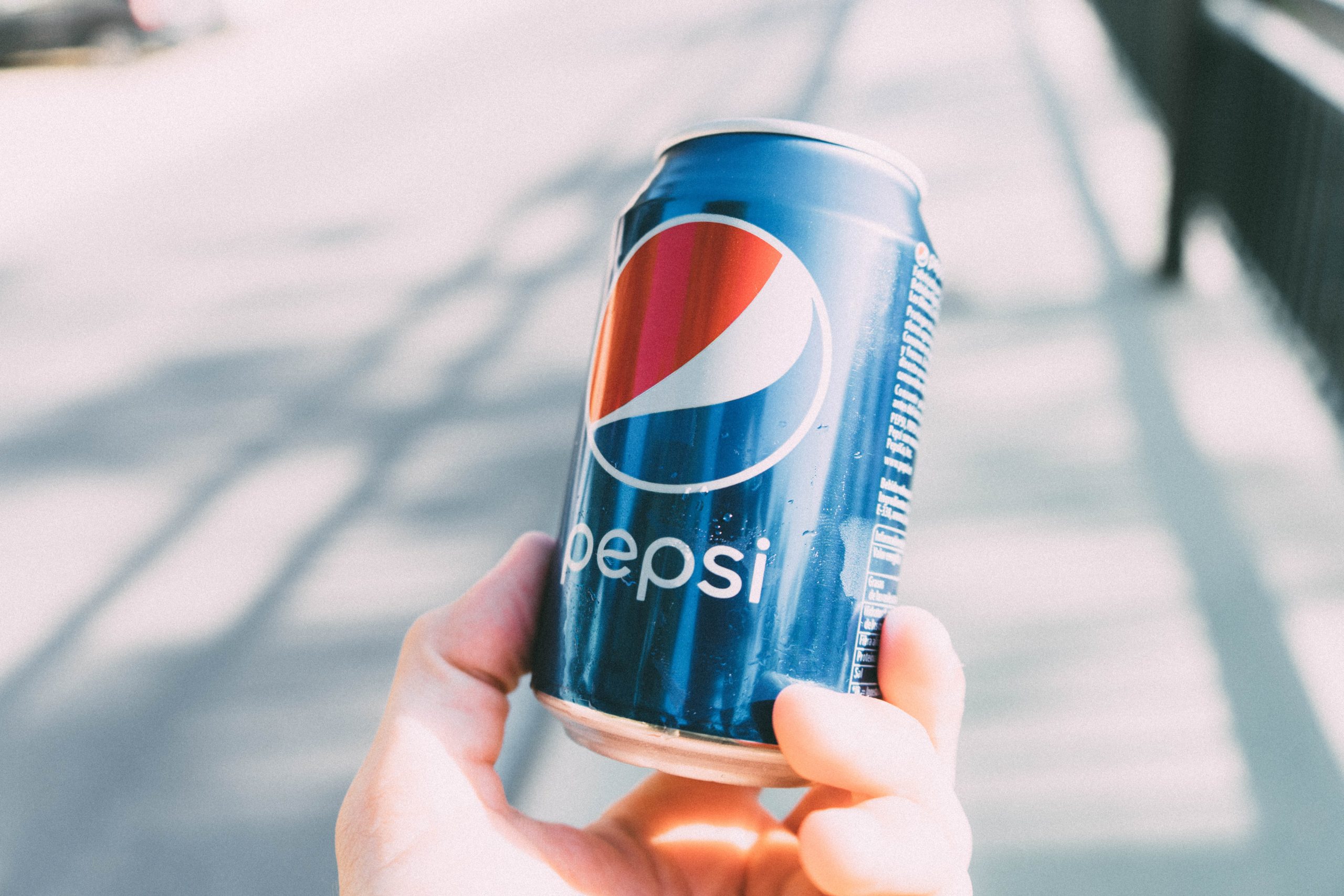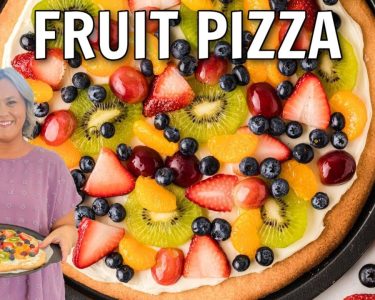Introduction
Are you a fan of Pepsi or Nestle products? Have you noticed that their prices have increased in recent years, but sales remain steady? Wondering how they maintain their market share despite the higher costs? It’s all about consumer behavior analysis. In this blog post, we will dive into the marketing strategies used by both companies and examine why consumers continue to choose these brands even when faced with higher prices. So grab your favorite snack and join us as we uncover the secrets behind Pepsi and Nestle’s success!
Pepsi’s Marketing Strategy
PepsiCo is one of the world’s largest food and beverage companies with a portfolio of products that includes some of the most recognizable brands in the industry. Despite an increase in prices, Pepsi has been successful in maintaining sales by implementing a strategic marketing plan.
One strategy that Pepsi has utilized is creating unique and memorable advertising campaigns. The company often collaborates with popular celebrities and influencers to promote their products on social media platforms like Instagram, Twitter, and Facebook. This approach helps keep their brand relevant and top-of-mind for consumers.
Another key aspect of Pepsi’s marketing strategy is product innovation. The company frequently introduces new flavors or variations to its core product offerings to appeal to different consumer preferences. For example, they recently introduced “Pepsi Mango,” which has received positive feedback from customers.
Pepsi also invests heavily in customer engagement through various initiatives such as contests, sweepstakes, and loyalty programs. These efforts help build brand loyalty among consumers who feel valued by the company.
Pepsi’s effective marketing strategy plays a crucial role in maintaining steady sales despite higher pricing within the market. By keeping up with changing consumer tastes while building strong relationships with its loyal base through engaging promotions and campaigns – it remains ahead of competition effectively catering towards current trends while staying true to its classic branding roots!
Nestle’s Marketing Strategy
Nestle, the world’s largest food and beverage company has also managed to maintain sales despite higher prices. But how did they do it? Let’s take a look at their marketing strategy.
Firstly, Nestle has focused on promoting their brand image as one that is trustworthy and high-quality. They have used various advertising campaigns to highlight this message, which has resonated well with consumers who are willing to pay more for products they perceive as being of superior quality.
Secondly, Nestle places emphasis on innovation by regularly releasing new products in response to changing consumer wants and needs. This not only keeps them ahead of competitors but also reinforces their position as industry leaders in product development.
Thirdly, Nestle leverages digital marketing channels such as social media platforms and email marketing campaigns to engage with consumers directly. By creating relevant content that speaks directly to the target audience, they can build stronger relationships with customers and increase brand loyalty.
These strategies have ensured that Nestle maintains its market share while continuing to offer premium-priced products without losing customers due to price hikes.
Consumer Behavior Analysis
Consumer behavior analysis is crucial for businesses to understand their customers’ buying patterns and preferences. It helps companies like Pepsi and Nestle identify the factors that influence consumer decision-making, such as pricing, brand loyalty, product quality, and marketing campaigns.
One way Pepsi maintains sales despite higher prices is by leveraging its brand image. The company has built a reputation as a fun and youthful brand that resonates with its target audience. Through various marketing efforts such as celebrity endorsements and social media campaigns, Pepsi has created an emotional connection with its customers that goes beyond just the taste of the product.
Similarly, Nestle uses targeted advertising campaigns to appeal to different segments of consumers. For example, they have separate marketing strategies for parents who are concerned about nutrition versus young adults who prioritize convenience. This allows them to maintain sales despite higher prices because they cater to their customers’ specific needs.
Understanding consumer behavior is essential in today’s competitive market. Companies like Pepsi and Nestle utilize it effectively through strong branding and targeted advertising strategies which allow them to maintain sales even at higher price points.
Conclusion
To sum it up, Pepsi and Nestle have managed to maintain their sales despite higher prices through implementing successful marketing strategies that cater to the evolving consumer behavior. By providing innovative products, creating emotional connections with customers, and adapting to changing trends, both companies were able to retain their loyal customer base while attracting new ones.
Moreover, analyzing consumer behavior is an essential aspect of any business strategy. Understanding what drives your target market’s purchasing decisions can help you develop effective marketing campaigns and make informed pricing decisions.
In today’s dynamic market environment, businesses must be adaptable and responsive to changes in consumer preferences. PepsiCo and Nestle are prime examples of how a company can thrive by staying attuned to its customers’ needs while innovating at the same time.
As such, other companies should take note of these industry giants’ success stories when determining their own business strategies if they want similar results for themselves.




